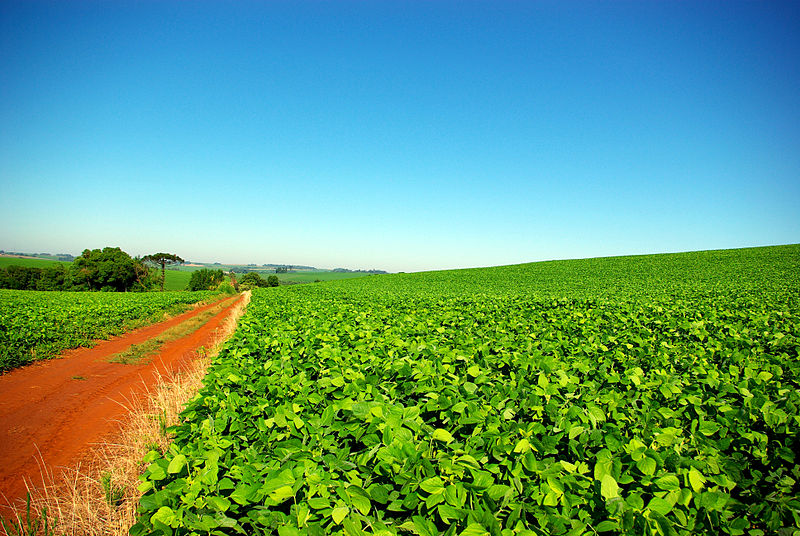High production costs are affecting the competitiveness of Brazilian soybeans and corn in the international market, according to a study by Esalq/USP’s Center for Advanced Studies in Applied Economics (Cepea).
To prepare the survey, the institute considered the average values of two typical farms in four major grain-producing countries for the five-harvest period between 2016/17 and 2020/21.
For Brazil, the world’s largest soja exporter, the researchers considered the poles of Sorriso (MT) and Cascavel (PR) as reference.

The study also included data on cultivation in Argentina (on lands in the west and north of Buenos Aires province), the United States (Iowa and South Dakota), and Ukraine (in the west of the country and Poltova, in the central region).
According to the survey, the average effective operating cost of soybean production in the two Brazilian regions was the highest in these five seasons, at US$551.7 per hectare.
In the Argentine, Ukrainian, and U.S. regions, the costs were US$269.3 per hectare, US$315.5 per hectare, and US$508.3 per hectare, respectively.
When comparing by volume, Argentina again had the lowest average at US$79 per ton. It was followed by Ukraine (US$134.7 per ton), Brazil (US$158.1 per ton) and the United States (US$162.4 per ton).
Cepea pointed out that Brazilian competitiveness is better than U.S. competitiveness because average yields are higher in Brazil.
However, Brazilian producers have higher production costs (fertilizer, pesticides, seed, diesel, and preventive maintenance of machinery and labor).
CORN
For corn, the highest effective cost of production during the period studied was US$904.2 per hectare in the United States.
In Ukraine, the cost was US$640.3 per hectare, in Brazil US$496.5 per hectare, and in Argentina US$451.5 per hectare.
In contrast, the highest cost per ton produced, US$92.4, was recorded in Brazil. This was followed by the United States, with US$82.5 per ton; Ukraine, US$80.5; and Argentina, where the average cost was US$49.8 per ton.
The production system with the highest average net operating income was that of typical U.S. farms at US$711 per hectare.
This was followed, in that order, by Ukrainian (US$600 per hectare), Argentine (US$469 per hectare), and Brazilian (US$336.6 per hectare) farms.
However, in terms of profitability, Argentine plots had the best financial return in the five harvests analyzed by Cepea – peaking at 146.4%.
The return of Ukrainian properties increased by 120.9%, that of U.S. properties by 96.2%, and that of Brazilian properties by 61.5%.
“The average result of the last five harvests shows that Brazil has positive values, but not enough to overtake its main competitors,” Cepea said.

